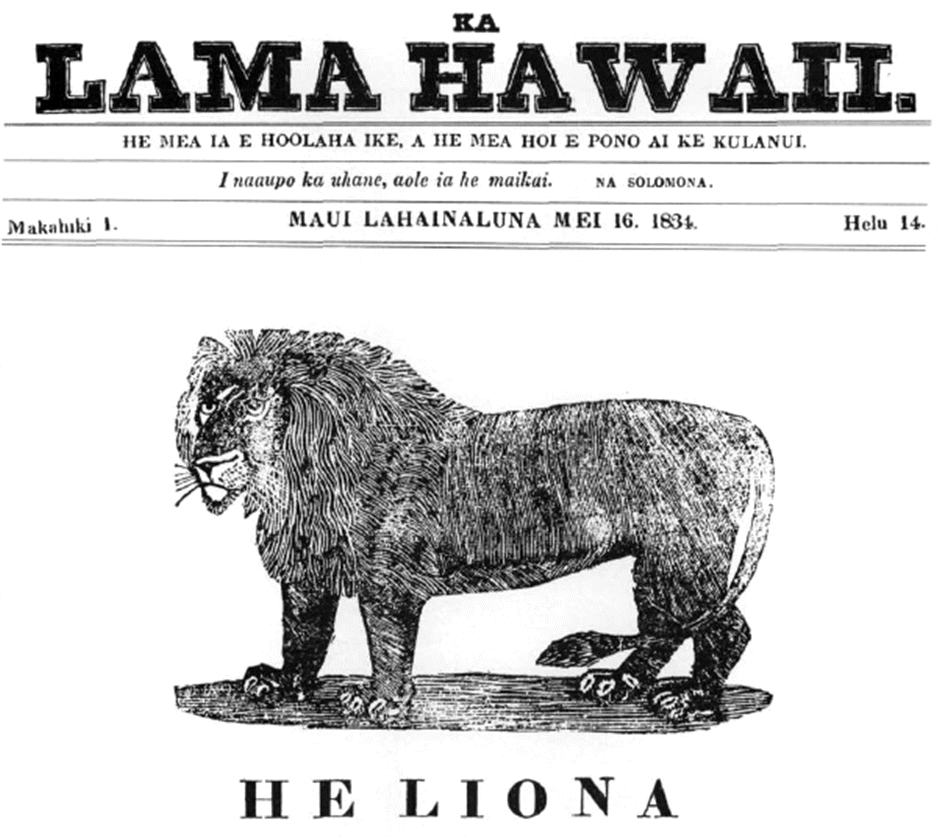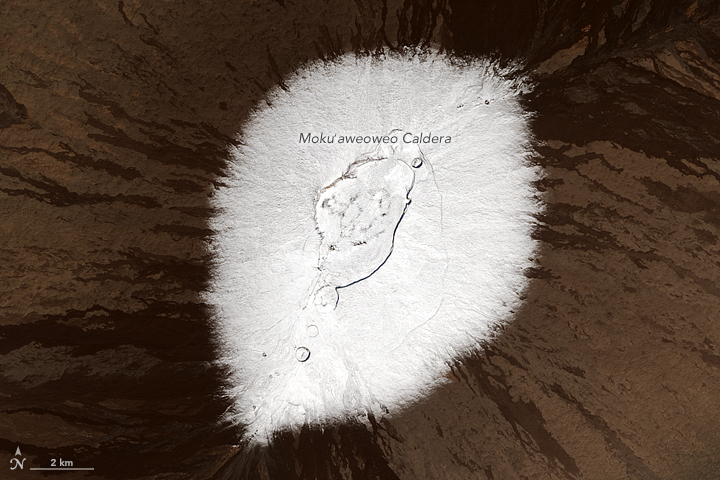|
Manuka State Wayside Park
The Manuka State Wayside Park is a state park of with an arboretum located approximately west of Naalehu, on the Mamalahoa Highway (Route 11) section of the Hawaii Belt Road, on the island of Hawaii, Hawaii, coordinates The name means "blundering" in the Hawaiian Language, and was the name of the ancient land division ( ahupaa) that ran from a bay on the southwest side of the island up the slopes of the Mauna Loa volcano. The arboretum of was originally planted in the mid-19th century with native and introduced plants. It now contains 48 species of native Hawaiian plants and more than 130 species of other exotic plants and flowers, and is surrounded by the Manuka Forest Reserve. description on state of Hawaii web site There is also a pit crater on the trail. Services at the park include restrooms, t ... [...More Info...] [...Related Items...] OR: [Wikipedia] [Google] [Baidu] |
Manuka Nature Trail
Manuka or Mānuka may refer to: *The flowering plant ''Leptospermum scoparium'' ( in the Māori language) *Manuka, Australian Capital Territory, an area in Canberra, named after the plant **Manuka Oval, a stadium in the above territory ***Manuka Football Club, a defunct Australian Rules Football club that played in the stadium *Manuka Primary School in Witheford Heights, North Shore, New Zealand *Manuka Gorge, a canyon close to Waitahuna in New Zealand *Mānuka honey, a monofloral honey *Mānuka (canoe), from Māori tradition *Manuka State Wayside Park and forest reserve, a park on the Island of Hawaii *Gentian Manuka (born 1991), Albanian footballer *SS Manuka, a Union Company cargo ship. {{disambiguation, geo, surname ... [...More Info...] [...Related Items...] OR: [Wikipedia] [Google] [Baidu] |
Arboretum
An arboretum (plural: arboreta) in a general sense is a botanical collection composed exclusively of trees of a variety of species. Originally mostly created as a section in a larger garden or park for specimens of mostly non-local species, many modern arboreta are in botanical gardens as living collections of woody plants and is intended at least in part for scientific study. In Latin, an ''arboretum'' is a place planted with trees, not necessarily in this specific sense, and "arboretum" as an English word is first recorded used by John Claudius Loudon in 1833 in '' The Gardener's Magazine'', but the concept was already long-established by then. An arboretum specializing in growing conifers is known as a pinetum. Other specialist arboreta include saliceta ( willows), populeta ( poplar), and querceta ( oaks). Related collections include a fruticetum, from the Latin ''frutex'', meaning ''shrub'', much more often a shrubbery, and a viticetum (from the Latin ''vitis,'' meani ... [...More Info...] [...Related Items...] OR: [Wikipedia] [Google] [Baidu] |
Naalehu, Hawaii
Nāālehu ( haw, Nāālehu) is a community in Hawaii County, Hawaii, United States. is Hawaiian for "the volcanic ashes". It is one of the southernmost communities with a post office in the 50 states of the United States. (''See List of extreme points of the United States.'') For statistical purposes, the United States Census Bureau has defined Naalehu as a census-designated place (CDP). The census definition of the area may not precisely correspond to local understanding of the area with the same name. The population was 866 at the 2010 census, down from 919 at the 2000 census. Geography Nāālehu is located near the southern tip of the island of Hawaii at (19.065925, -155.587528) in the Kaū District. It is bordered to the west by Waiohinu, and Discovery Harbour is to the southwest. (The two communities are census-designated places but do not have post offices.) According to the United States Census Bureau, the Nāālehu CDP has a total area of , all of it land. Demog ... [...More Info...] [...Related Items...] OR: [Wikipedia] [Google] [Baidu] |
Hawaii Belt Road
The Hawaii Belt Road is a modern name for the Māmalahoa Highway and consists of Hawaii state Routes 11, 19, and 190 that encircle the Island of Hawaii. The southern section, between Hilo and Kailua-Kona is numbered as Route 11. The section between Hilo and Waimea is Route 19. Between Waimea and Kailua-Kona, the road is split in two: the original "mauka" route (now Route 190) and a "makai" Route 19, completed in 1975, which serves as access to the Kona and Kohala Coast resorts. In the Hawaiian language, ''mauka'' means "towards the mountain" and ''makai'' means "towards the sea". These terms are commonly used in travel directions. Parts of the southern half of the Hawaii Belt Road were known during the Territorial days as the Kaū Belt Road. The names "Hawaii Belt Road" and "Māmalahoa Highway" refer to the road system that encircles the entire island; many sections are also referenced by local names. History Māmalahoa Highway was named for the royal decree by King Kameha ... [...More Info...] [...Related Items...] OR: [Wikipedia] [Google] [Baidu] |
Hawaii (island)
Hawaii ( ; haw, Hawaii ) is the largest island in the United States, located in the state of Hawaii. It is the southeasternmost of the Hawaiian Islands, a chain of volcanic islands in the North Pacific Ocean. With an area of , it has 63% of the Hawaiian archipelago's combined landmass. However, it has only 13% of Hawaiʻi's population. The island of Hawaiʻi is the third largest island in Polynesia, behind the two main islands of New Zealand. The island is often referred to as the Island of Hawaii or Hawaii Island to distinguish it from the state. It is also referred to as the Big Island. Administratively, the island is coextensive with Hawaii County. As of the 2020 census, the population was 200,629. The county seat and largest town is Hilo. There are no incorporated cities in Hawaiʻi County. History Hawaii is said to have been named after Hawaiiloa, the legendary Polynesian navigator who first discovered it. Other accounts attribute the name to the legendary re ... [...More Info...] [...Related Items...] OR: [Wikipedia] [Google] [Baidu] |
Hawaii
Hawaii ( ; haw, Hawaii or ) is a state in the Western United States, located in the Pacific Ocean about from the U.S. mainland. It is the only U.S. state outside North America, the only state that is an archipelago, and the only state geographically located within the tropics. Hawaii comprises nearly the entire Hawaiian archipelago, 137 volcanic islands spanning that are physiographically and ethnologically part of the Polynesian subregion of Oceania. The state's ocean coastline is consequently the fourth-longest in the U.S., at about . The eight main islands, from northwest to southeast, are Niihau, Kauai, Oahu, Molokai, Lānai, Kahoolawe, Maui, and Hawaii—the last of these, after which the state is named, is often called the "Big Island" or "Hawaii Island" to avoid confusion with the state or archipelago. The uninhabited Northwestern Hawaiian Islands make up most of the Papahānaumokuākea Marine National Monument, the United States' largest prot ... [...More Info...] [...Related Items...] OR: [Wikipedia] [Google] [Baidu] |
Hawaiian Language
Hawaiian (', ) is a Polynesian language of the Austronesian language family that takes its name from Hawaii, the largest island in the tropical North Pacific archipelago where it developed. Hawaiian, along with English, is an official language of the US state of Hawaii. King Kamehameha III established the first Hawaiian-language constitution in 1839 and 1840. For various reasons, including territorial legislation establishing English as the official language in schools, the number of native speakers of Hawaiian gradually decreased during the period from the 1830s to the 1950s. Hawaiian was essentially displaced by English on six of seven inhabited islands. In 2001, native speakers of Hawaiian amounted to less than 0.1% of the statewide population. Linguists were unsure if Hawaiian and other endangered languages would survive. Nevertheless, from around 1949 to the present day, there has been a gradual increase in attention to and promotion of the language. Public Hawaiian-la ... [...More Info...] [...Related Items...] OR: [Wikipedia] [Google] [Baidu] |
Mauna Loa
Mauna Loa ( or ; Hawaiian: ; en, Long Mountain) is one of five volcanoes that form the Island of Hawaii in the U.S. state of Hawaii in the Pacific Ocean. The largest subaerial volcano (as opposed to subaqueous volcanoes) in both mass and volume, Mauna Loa has historically been considered the largest volcano on Earth, dwarfed only by Tamu Massif. It is an active shield volcano with relatively gentle slopes, with a volume estimated at , although its peak is about lower than that of its neighbor, Mauna Kea. Lava eruptions from Mauna Loa are silica-poor and very fluid, and tend to be non-explosive. Mauna Loa has probably been erupting for at least 700,000 years, and may have emerged above sea level about 400,000 years ago. The oldest-known dated rocks are not older than 200,000 years. The volcano's magma comes from the Hawaii hotspot, which has been responsible for the creation of the Hawaiian island chain over tens of millions of years. The slow drift ... [...More Info...] [...Related Items...] OR: [Wikipedia] [Google] [Baidu] |
List Of Botanical Gardens In The United States
This list is intended to include all significant botanical gardens and arboretums in the United States.BGCI Garden Search Botanic Gardens Conservation International American Public Gardens Association [...More Info...] [...Related Items...] OR: [Wikipedia] [Google] [Baidu] |
Natural Area Reserves System Hawaii
The Natural Area Reserves System (NARS) of Hawaii is a statewide attempt to preserve in perpetuity specific land and water areas which support communities, as relatively unmodified as possible, of the natural flora and fauna, as well as geological sites, of Hawaii. History Established in 1970 by Hawaii Revised Statutes Chapter 195, the system presently consists of 19 reserves on five islands, encompassing more than of the State's ecosystems. The diverse areas found in the NARS range from marine and coastal environments to lava flows, tropical rainforests, and even an alpine desert. Within these areas one can find rare endemic plants and animals, many of which are on the edge of extinction. The Natural Area Reserves System is administered by the Department of Land and Natural Resources, Division of Forestry and Wildlife. Currently, management teams are working to control the encroachment of non-native plants and animals which threaten the existence of the natural biota on the rese ... [...More Info...] [...Related Items...] OR: [Wikipedia] [Google] [Baidu] |




